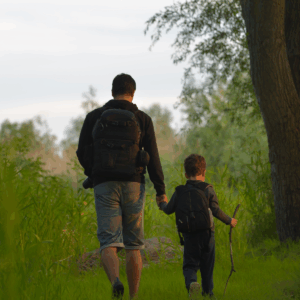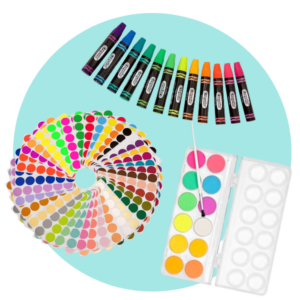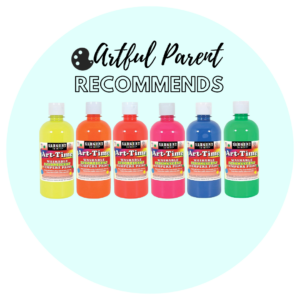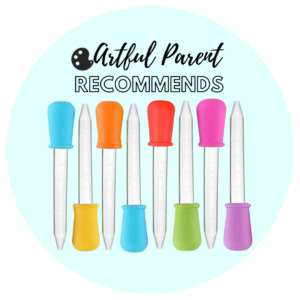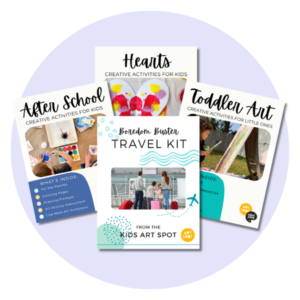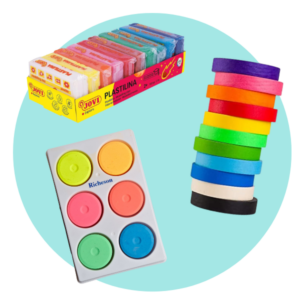There’s something fascinating about the teenage years. One moment, your child is still the little kid who needed you for everything, and the next, they’re slamming doors, rolling their eyes, and insisting they’re “basically an adult.”
It’s a confusing, sometimes emotional stage—for them and for us. And here’s the tricky part: while they may push us away, deep down, they still need us. Not as the same hands-on parents we were when they were young, but as something a little different. A guide. A safe place. And, if we’re careful, even a kind of friend.
But what does that actually mean?
It doesn’t mean blurring boundaries or trying to be the “cool parent.” It means showing respect, trust, and presence in ways that help the relationship evolve as they grow.
Let’s unpack how that looks in practice.
Respect is the foundation
Teenagers crave independence. They want to be seen as capable, not as little kids who still need hand-holding.
Respecting their growing autonomy doesn’t mean stepping back completely—it means listening, validating their opinions, and treating their thoughts as worthy of consideration.
I remember once disagreeing with my son over something as small as music. He was into a band that I thought was just noise. In the past, I might have dismissed it. But this time, I asked him what he liked about it. That simple shift—from dismissing to being curious—opened up an entire conversation I never expected to enjoy.
When we respect their interests, even when we don’t share them, we send the message: I see you. I value you.
Keep the door open with communication
How do you get a teenager to actually talk to you? The honest answer is: you can’t force it. But you can create an environment where it feels safe and natural.
Sometimes that means listening more than you speak. Sometimes it means talking while you’re driving, cooking, or walking—moments where eye contact isn’t required, and pressure is low.
Teenagers often open up at odd times, too—late at night, or when you least expect it. It can be inconvenient, but those are the moments that matter. If they’re ready to talk, try to be ready to listen.
Share, but don’t overshare
There’s a fine line between being open and making it about yourself. Teenagers appreciate honesty, especially when it comes to your own mistakes and lessons learned. But they don’t need every detail of your life story.
I’ve mentioned this before in another post, but when my daughter was struggling with confidence, I told her about times when I doubted myself at her age. I didn’t lecture. I didn’t give her a five-point plan to fix it. I just shared a story. That was enough for her to feel less alone.
Being real with them shows that you’re human. It bridges the gap.
Boundaries still matter
You can be friendly without being their “buddy.” They already have friends at school. What they need from you is stability.
Boundaries help with that. Things like curfews, screen time rules, or family responsibilities aren’t about control—they’re about care. Teenagers may roll their eyes, but boundaries give them structure and safety.
- 8 phrases people use when they’re lonely but pretending to be fine - Global English Editing
- If dinner at 8pm sounds ‘too late,’ these 8 other old-person habits are probably next - Global English Editing
- People who have very few friends but never feel lonely typically display these 7 characteristics - Global English Editing
The art is in explaining the “why.” When they see that a rule isn’t arbitrary but rooted in concern, they’re more likely to respect it (even if they don’t admit it out loud).
Find shared experience
Want to bond with a teenager? Do something together.
It doesn’t have to be grand. Watch a TV series they like, even if it’s not your cup of tea. Go out for coffee. Play basketball in the driveway. Take them on a day trip somewhere they’ve mentioned.
One of the best afternoons I ever had with my son was when he asked me to help fix his bike. I’m not particularly handy, but we muddled through together. The laughter, the mistakes, the shared achievement—it did more for our relationship than a dozen “serious talks.”
Friendship with your teenager often comes in sideways moments like these, not in big planned speeches.
Let them teach you something
Teenagers love to feel competent. One of the quickest ways to strengthen your connection is to let them be the expert for a change.
Ask them to show you how to use a new app. Let them explain their favorite video game. Invite them to walk you through a skill they’ve learned in school or sports.
This flips the usual parent-child dynamic in a way that gives them confidence and shows respect. And you might learn something useful along the way.
Don’t take rejection personally
Here’s the tough bit: sometimes they won’t want you around. They’ll push you away, spend hours in their room, or choose friends over family.
That can sting. But it’s not about you—it’s part of the process of becoming their own person.
The key is to stay steady. Don’t punish them with guilt trips or dramatic reactions. Instead, be available. Let them know you’re there when they’re ready. It’s surprising how often they come back when they realize the door hasn’t closed.
Remember, it’s a season
Parenting a teenager can feel like a rollercoaster. One day, they’re affectionate and chatty. The next, they’re silent or moody.
But this stage doesn’t last forever. The hard edges soften. The relationship shifts again as they move into adulthood. And if you’ve laid the groundwork—respect, openness, boundaries, shared moments—you’ll find that the “friendship” grows stronger with time.
Final thoughts
Being friends with your teenage children isn’t about losing your authority or acting like you’re back in high school. It’s about adjusting to a new role—less command-and-control, more guide and companion.
It takes patience, humility, and sometimes a thicker skin than we’d like. But when you see your teenager come to you for advice, laugh with you at the dinner table, or simply sit beside you in comfortable silence, you realize it’s worth every effort.
So the question I’ll leave you with is this: what small step could you take this week to strengthen that friendship with your own teenager?



